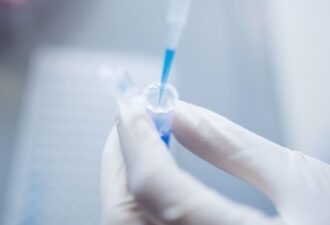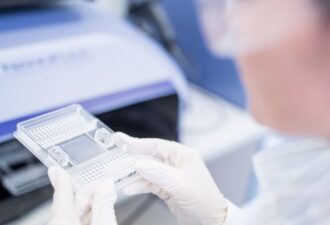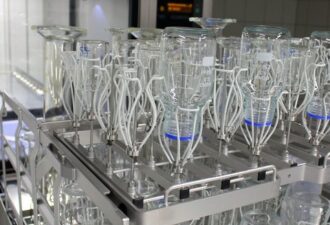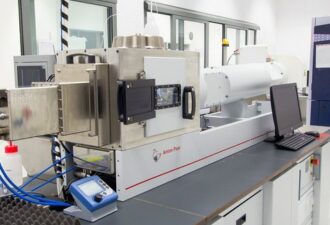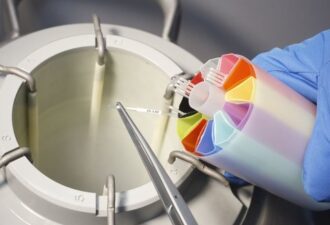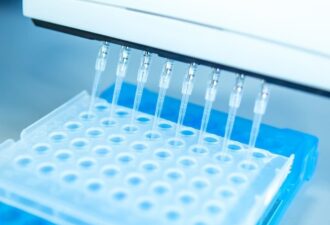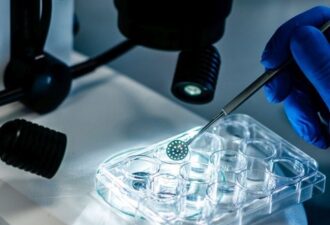Cellular Biology and Virology
This programme includes four synergic and mutually complementing sub-programmes: Eukaryotic Microbiology, Biology of Cancer Cells, Virology and Structure and Differentiation of Mammalian Cells. These sub-programmes cover a large spectrum of eukaryotic cells ranging from the unicellular pathogens (parasitic protists) and unicellular eukaryotes forming multi-cellular assemblies (yeasts) to mammalian cells and tissues, as well as interactions between eukaryotic cellular structures and simple intracellular parasites – viruses.
The project involves establishment of laboratories for studying eukaryotic pathogens, viruses and tumour cells using top imaging technology of the future centre of European infrastructure EuroBioImaging. In addition to scientific goals, the accreditation of new doctoral programmes in the fields of Eukaryotic Microbiology and Biomedicine will be prepared.

Application potential
The cellular biology research represents a leading discipline of modern science and as such it has a great potential for innovation in biomedicine and biotechnology. The programme will comprise study of the association of tumour diseases with viral infections, molecular mechanisms of microorganism interactions and pathogen-host signalling, potential of gene therapy and vaccination namely against viral infections. Expected application outputs include antiparasitic, antimycotic and antitumour agents, antiviral vaccines, novel treatment approaches and biomodulators.
Research Outcomes:
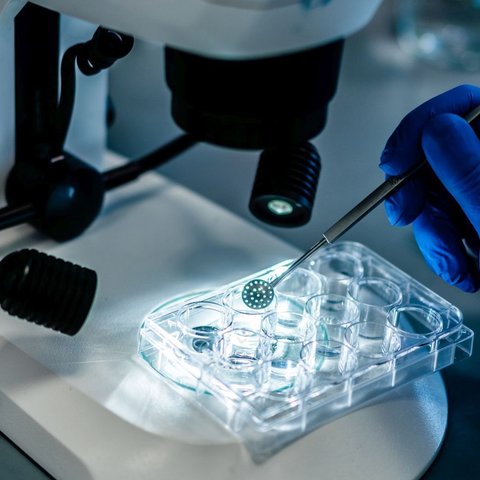
- Identification of unique cellular functions related to the pathogenesis and parasitic way of life of selected parasitic protists and comparison with their free-living relatives
- Identification of unique cellular functions related to the multicellular development in the pathogenic and nonpathogenic yeasts, their interaction with the host and functional characterization of the specific metabolites and signalling molecules
- Discovery of new molecules that will be applicable as cell biology tools with a possible pharmacological potential
- Understanding the mechanisms of invasiveness of cancer cells and characterization of membrane proteases in relation to oncogenesis
- Understanding the interactions between viruses and cellular structures during viral infections, mechanisms of stress and defence responses, mechanisms of deregulation of cellular processes including malignant transformation
- Development of effective carriers for the introduction of heterologous DNA into target cells
- Development of preventive antiviral and anticancer vaccines
- Identification of the structural elements of the cell nucleus and function of these elements during the regulation of gene expression
- Understanding of the mitochondrial structure in relation to its specific gene expression
- Characterization of selected receptors across eukaryotic organisms

